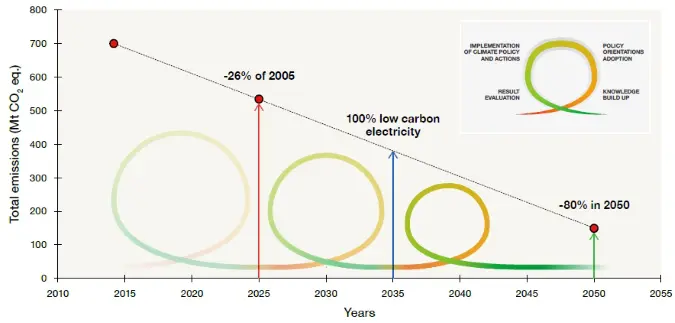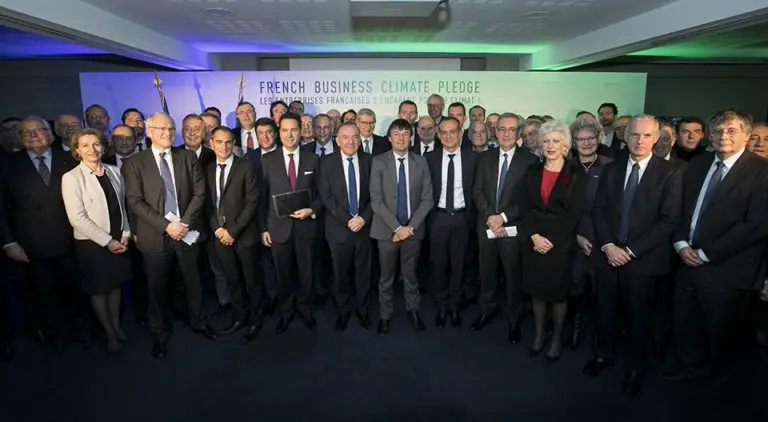
LONDON: Canada can generate all of its electricity from renewable sources by 2035 and cut 80% of its greenhouse gas emissions (GHG) by 2050, new study says.
A team of over 60 researchers has released a paper with ten policies that would help the country to shift towards the low carbon economy. The study Acting on Climate Change: Solutions from Canadian Scholars is based on the acknowledgment that the transition to a low carbon society can only happen if bold and ongoing actions are taken by the government. A clear climate policy framework would have a positive impact on the business community, spurring corporate investments in low carbon technologies.
The policies suggested are based on sound global experiences, but they are to be considered as mere indications of possible pathways, which can be adapted to the needs of the different areas of the country.
Libby Ferguson, States and Regions Director, The Climate Group, stated: “We have first-hand knowledge of the huge potential of Canada’s provinces to maximise the potential of renewables and cut greenhouse gas emissions. The provinces of Manitoba, Ontario and Québec are important members of our global States & Regions Alliance. Through the climate policies that they have implemented, these governments are demonstrating how a low carbon transition is possible.
Many of the recommendations in this study are already being put into place in these provinces. From carbon pricing to energy efficiency measures to transport electrification, these provinces are developing world leading policy models, which if replicated and supported by all levels of government would move Canada along the path to a sustainable and prosperous low carbon economy.”
POLICY GUIDELINES
The first element indicated as the main pathway to a green economy is putting a price on carbon or implementing an emission trading scheme (ETS), also known as cap-and-trade system.
So far, there are currently over 60 national and subnational governments which are working on carbon pricing schemes, with Europe being the biggest and the oldest market to have created an ETS.
Cap-and-trade systems involve the creation of a common threshold for CO2 emissions in the country, a cap, so that industries are only allowed to release a certain amount of CO2 every year, and they have to pay for their allowances. The system is based on the polluter-pays principle, which is simple and effective. Companies are thus pushed to implement low-carbon technologies, in order to save money and avoid paying fines when exceeding their limited allowances.

Image: Transition towards a low carbon economy, Acting on Climate Change: solutions from Canadian Scholars, by Sustainable Canada Dialogues
As for Canada’s electricity needs, the authors of the study suggest involving both federal and provincial governments in the development of renewable energies. Canada currently produces 77% of its electricity through clean energies, but improving the storage systems, creating an interconnected system among all provinces and supporting new projects would make the 100% target achievable.
The authors also underscore that the current decision-making process for new policies is inefficient, as the energy production, transport, consumption and jurisdiction are dealt with separately. What they suggest is to adopt a multi-level energy policy, with a clear focus on energy efficiency and cooperation in electrification.
Transportation is a crucial sector too. In the short term, the scholars suggest to update emissions standards, support fuel diversification and active transportation. Several countries around the world now include walking and cycling as means of transportations, the latest one being the UK. In these countries policies and infrastructures for sustainable mobility have become part of the national priorities.
Finally, one of the most energy-intensive sectors in Canada is the building one, as heating requires considerable energy expense. Improving the energy efficiency of the building sector and supporting the shift toward a carbon neutral pathway are underscored as necessary steps for the country’s future.







